Working Out a Puzzle: Transport Connectivity a Top Priority in the North
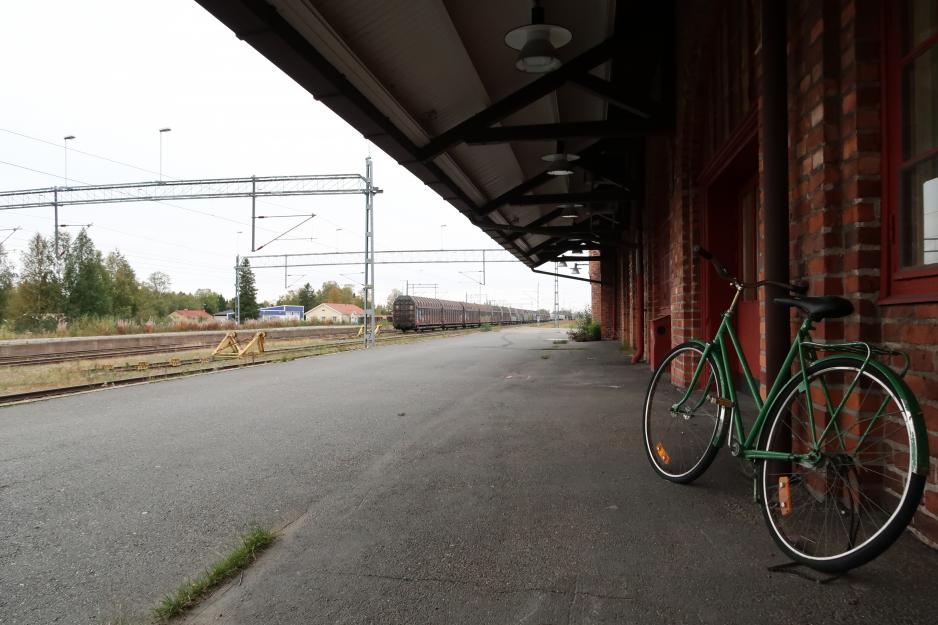
Haparanda/Tornio railway station (Photo: Liubov Timonina)
Transport connectivity and sustainability, digital innovations, and road safety in the North were discussed during the 9th Barents Parliamentary Conference that took place in the Swedish city of Haparanda.
Barents Parliamentary Conference took place in the Swedish city of Haparanda, bringing together politicians from national and regional parliaments of Finland, Norway, Russia, and Sweden as well as Sápmi. Following the recent Ministerial meeting on Transport in Umeå, the parliamentarians talked transport connectivity and sustainability, digital innovations, and road safety in the North from both regional and global perspectives.
Located peculiarly at the border between Finland and Sweden, Haparanda is perhaps one of the most easily accessible meeting points of the European North. Together with its Finnish neighbor, the city of Tornio, it is a place of convergence of centuries-old trade routes and diverse northern cultures, thanks to its geographical location in the central part of the Gulf of Bothnia and the famous river Torne, which has been - and still is - one of the major sources of seafood for the European markets.
Yet, even there, despite having all infrastructure and technical capacity available for securing continuous flows of people and goods, the political will seems to linger.
Bothnian Corridor: “The only problem is the money”
One of the most vivid discussions on ways to connect the European North has been revolving around the so-called Bothnian Corridor project. Even though Bothnian Corridor mainly refers to the railway connection along the coastline of the Gulf of Bothnia, it encompasses all modes of traffic.
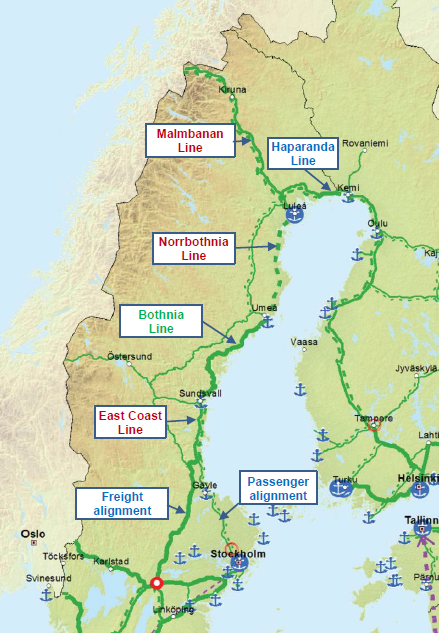
Bothnian Corridor railway infrastructure. Green: completed, Blue: complementary development, red: improvements planned (Photo: bothniancorridor.com)
The major bottlenecks are the non-existing North Bothnia line and the non-electrified line from Haparanda/Tornio to Kemi on the Finnish side as well as the Haparanda-Tornio connection. While the first two lines lack investments, the latter is a matter of technical creativity and political will only: the notorious difference in gauges has never been a major obstacle for running trains along the northern coast of Bothnia since its launch in the beginning of the twentieth century.
For the time being, there is no railway passenger traffic available on the whole line between the cities of Luleå in Sweden and Oulu in Finland, which together correspond to around 280 thousand inhabitants and are homes to several major world famous university centres in the North. Actively advocated by the Swedish company Norrtåg and its Project Manager Joakim Berglund, this passenger railway line should significantly reduce travelling time in the region and open new opportunities for cross-border cooperation among people and businesses. As for now, one has to use automobile transport to reach any destination north of Luleå, adding to the alarming rates of environmental footprint in the region.
For Tim Andersson, International Secretary at the Barents Regional Youth Council, the lack of cohesion in regards to infrastructure policies is the major issue for ensuring people-to-people contact, one of the things the Barents cooperation is known and praised for. “We need national engagement and responsibility for the railway traffic in Haparanda/Tornio”, he said in his address.
Nowadays, the railway station of Haparanda/Tornio is used as a youth cultural center and is patiently waiting to welcome train passengers again, as it did a hundred years ago.
All is One: Barents, Northern Sea Route, and the Arctic
While its North European colleagues focus mostly on the existing and future railway connections in the region, Russia looks to the Northern Sea Route (NSR) and its promising opportunities as a consequence of the dramatic climate change.
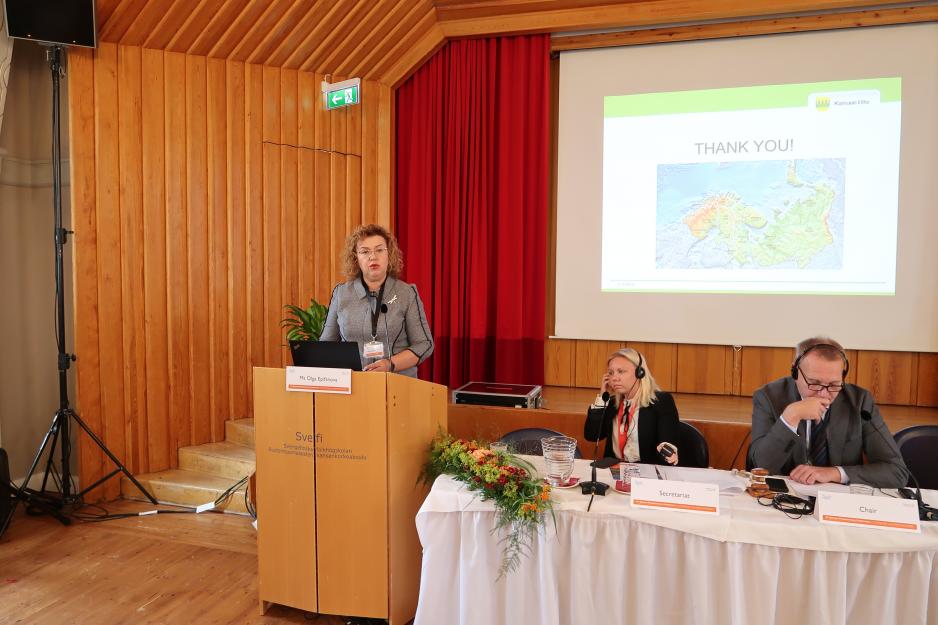
Olga Epifanova, the Deputy Chair of the State Duma, at the opening of the conference (Photo: Liubov Timonina)
Olga Epifanova, the Deputy Chair of the State Duma, noted that “integrated international transport corridor is the key to the complex development of the Northern Sea Route and the Barents region”. Keeping in mind that the NSR is expected to cater for 80 billion tons of cargos by 2024, coordinated operation of the cross-border transport network in the North becomes especially crucial for the future of the global market. She stressed that Russia is now working on the Murmansk transport nexus and “will do everything to attract as many partners as possible” in its infrastructure-building projects along the NSR.
Alexander Lutovinov, Chairman of the Council of Deputies of Nenets Autonomous District (NAO), was less enthusiastic in his account of the current transport situation in the Russian Arctic. The absence of “any direct transport route to the rest of the country” is the main issue for the NAO, and the anticipated road construction to be completed in 2-3 years will be a major relief for the local inhabitants. Considering the ongoing modernisation of the Indiga port and major tax cuts offered to industrial investors, “similar to those in special economic zones”, Mr. Lutovinov sees the future in the Northern Sea Route. “We apply high standards and strict regulations to all our oil and gas deposits,” he said, adding that they are experiencing some problems with fisheries and sustaining indigenous economies.
In regards to the Barents region, one thing is certain though: here, cooperation with Russia has been going at more or less full capacity during the past years, despite all political tensions, and has proved to be one of the most fruitful and concrete in addressing cross-border mobility issues.
Going Global: New Silk Road initiative
The successful implementation of the regional efforts to connect the national transport systems is crucial for the future of cooperation in the Arctic. The so-called New SIlk Road and the projected Xi’an-Kouvola-Haparanda-Narvik railway line have occupied the imagination of the business and political leaders for several years now.
Earlier this September, the Ambassador of Kazakhstan to Norway, Yerkin Akhinzhanovid, met with the Bluwrap CEO Ola Strand and Kouvola Innovation Oy's Micael Blomster to discuss innovative technologies of railway food delivery and. Located at the other side of the Gulf of Bothnia and better connected to Asian markets, the Finnish city of Kouvola seems to have taken the lead in promoting this project, which tops the agenda on the upcoming Rail Forum on September 26.
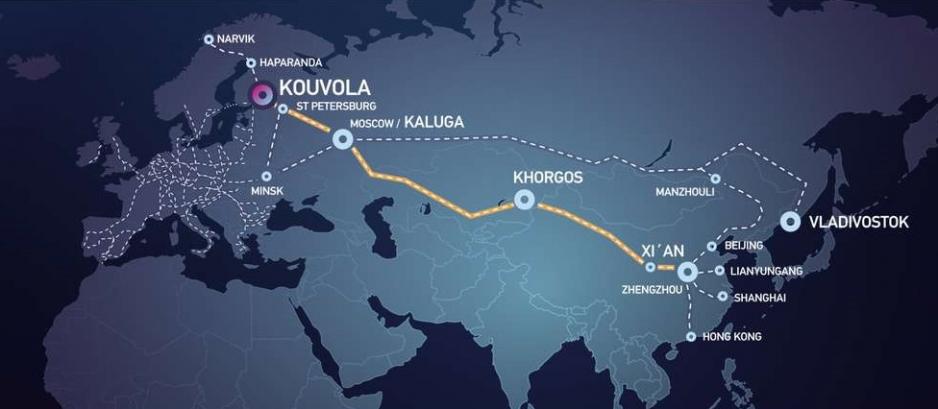
A map of the New Silk Road with Xi’an, Kouvola, Haparanda, and Narvik as main nexus points of the railway. (Photo: Kouvola Innovation)
The prospects of the railway traffic along the New Silk Road sparked particular interest in the twin-city of Haparanda/Tornio. Just as for China and its underdeveloped western region, the Swedish county of Norrbotten sees enormous opportunities for both regional and global development in this initiative.
Stretching over one fourth of Sweden, Norrbotten county accounts for country’s 75% export to the EU market and around 90% of the European iron ore, noted Linda Nilsson, the CEO of the Norrbotten Chamber of Commerce. Keeping in mind major university centres working on digital innovations located in Luleå and such renewable energy projects as Markbygden, Norrbotten seems to have a lot of things to offer to its international partners, including China.
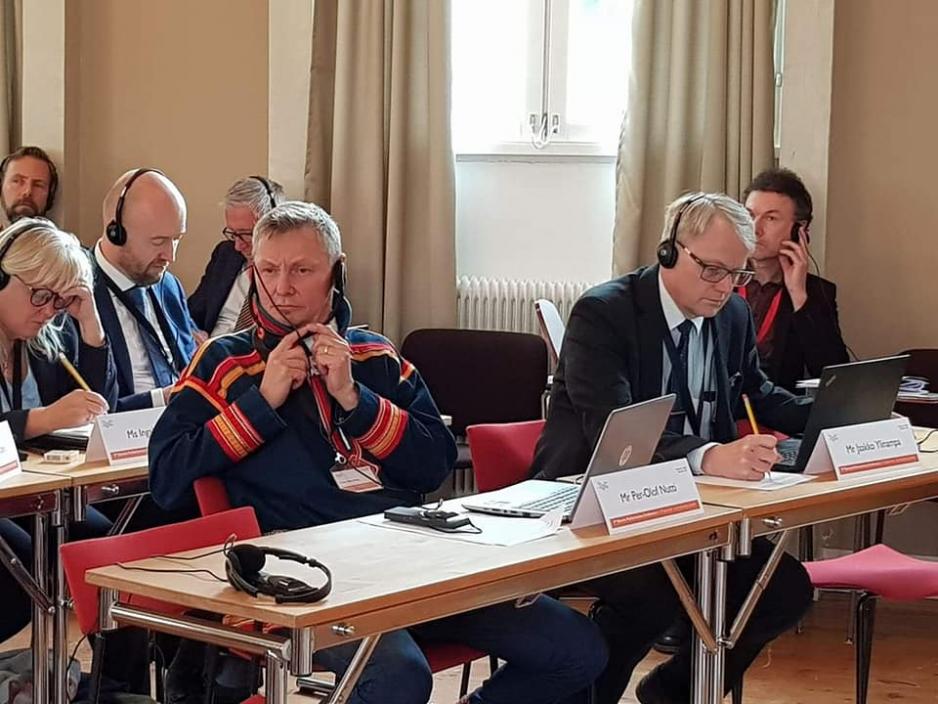
Per-Olof Nutti, the President of the Sámi Parliamentary Council, during the debates on green transport and sustainable solutions for the future. (Photo: Barents Cooperation)
Indigenous Engagement: Yet too limited
In contrast to the enthusiastic speeches of the national delegates, the voices of the Sámi representatives were more discreet. The President of the Sámi Parliamentary Council, Per-Olof Nutti, reminded in his address that indigenous peoples are real experts in question of green transport and sustainability, and are among those affected by infrastructure-building initiatives the most. He reminded the participants of the significance of the full inclusion of the indigenous peoples on all stages of negotiations in regards to transport infrastructure. Without clear indication of ways of collaboration with the indigenous representatives on these matters, “the conflict level between the indigenous peoples and the infrastructure initiators will probably increase”.
In order to solve mobility and connectivity problems in the North in a comprehensive manner, one first has to address the existing injustice concerning land rights issues, ratify the Nordic Saami Convention and implement UN Convention 169 in all Nordic countries. “Reconciliation is the prerequisite for the development of the Sámi people,” he stressed in his speech.
Commenting on the discussions around transport infrastructure in the North, Lars Anders Baer, Chair of the Working Group of Indigenous Peoples in the Barents Euro-Arctic Council, noted that it is a “tricky issue” for the indigenous peoples. “One way is to get more involved in the planning process”, although the land issue is still the main stumbling block for cooperation with the Sámi people in all Nordic countries. It is especially sensitive in Finland, where indigenous land rights remain largely unresolved and are constantly heated up by such controversial projects as the Arctic Railway. “There are lots of ambitions,” he added, yet “it seems to be mission impossible”.
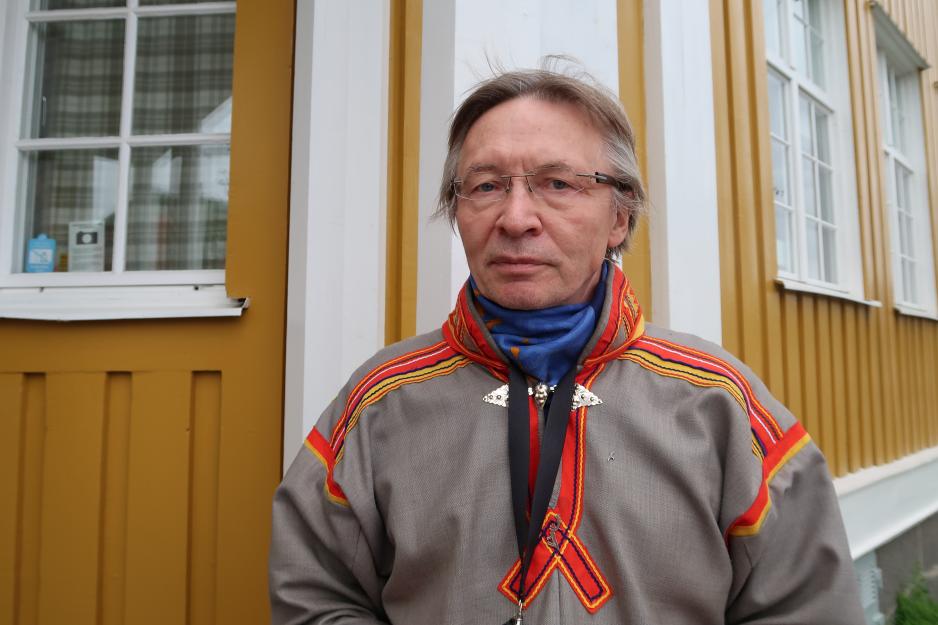
Lars Anders Baer commenting on the progress of negotiations on transport infrastructure in the North (Photo: Liubov Timonina)
Surprisingly enough, such issues as circular economy and waste management as well as gender equality, even though noted briefly, fell out of the main discussion. Meanwhile, along with indigenous land rights, they constitute major points of discontent and are vital for the successful outcome of negotiations on improving transport infrastructure in the North.
Cross-border mobility, sustainable development and climate change are also expected to be core topics during the upcoming XVII BEAC Foreign Ministers’ Session and EU Arctic Forum to be held in Umeå on October 3, 2019.
